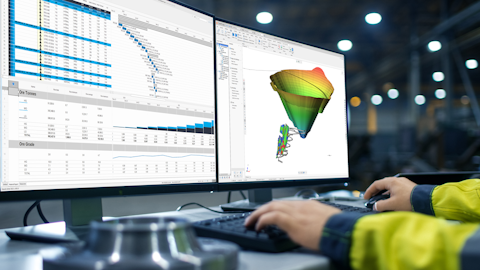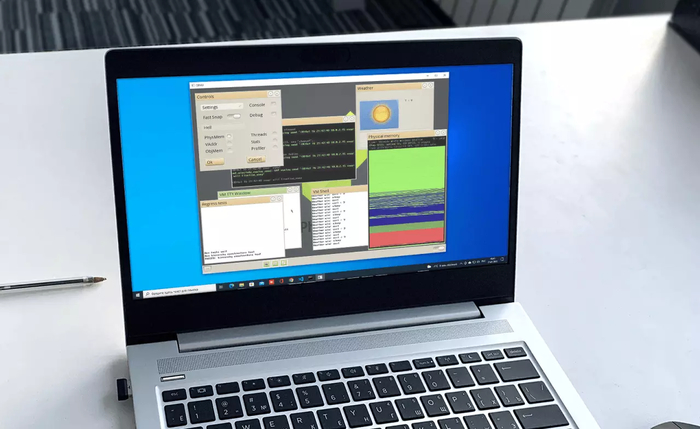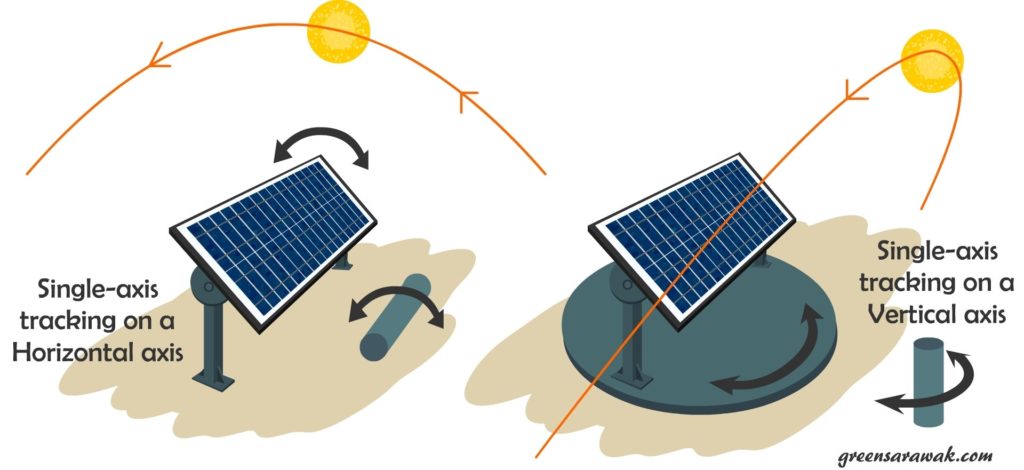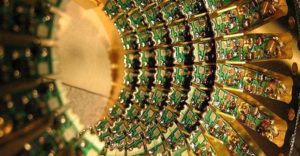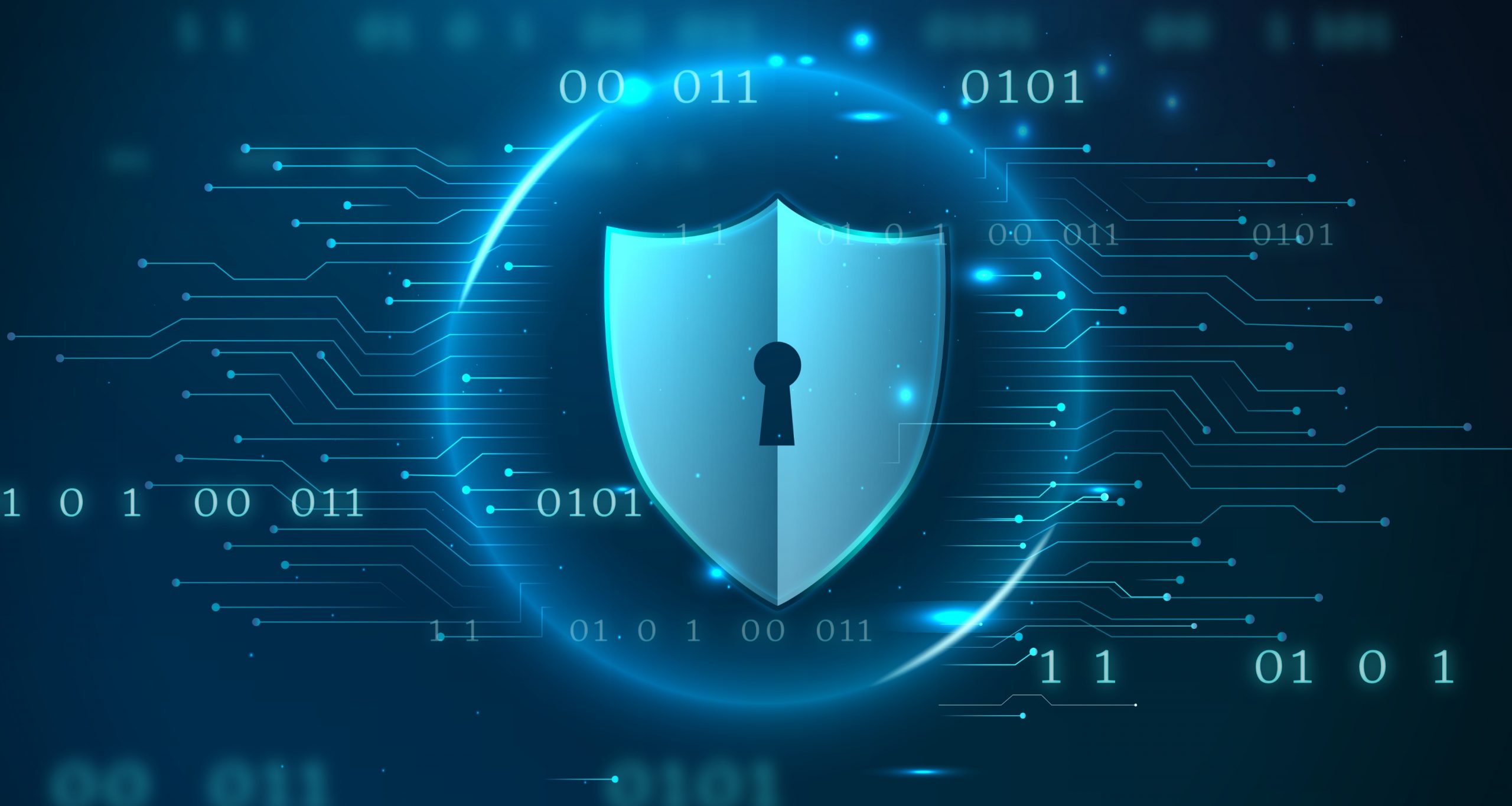
In our digital age, where cyber threats loom large, Digital Immune Systems (DIS) are like superheroes for software, shielding it from bugs and security threats. This powerful approach not only makes software resilient but also ensures a seamless user experience. Let’s dive into what DIS is all about, why it matters, and how you can strengthen your software’s immune system.
Digital Immune System Decoded: DIS is like a shield, swiftly protecting software from bugs and security breaches. Its goal is clear: make applications resilient, reduce business risks, and, most importantly, keep users happy. By 2025, organizations investing in DIS are expected to cut downtime by 80%, a testament to its crucial role in keeping operations smooth.
Essential Components of DIS:
- Observability: Transparent systems are resilient. Observability means real-time monitoring, catching and fixing issues on the fly, making user experiences better.
- AI-Augmented Testing: Let AI handle testing independently, identifying issues early without human intervention.
- Chaos Engineering: Controlled disruptions in testing, preparing teams for real-world challenges.
- Auto-Remediation: Applications that can fix themselves, ensuring uninterrupted service without human help.
- Application Security: Safeguarding the software supply chain with security measures and strong version control.
- Site Reliability Engineering (SRE): Balancing speed and stability for a fantastic user experience.
Why DIS Matters for Software: DIS not only reduces business risks but also boosts software quality. Real-time threat detection, continuous monitoring, and meeting security requirements ensure a proactive defense against cyber threats.
Linking Digital Immunity to Software Quality: Automated testing and continuous monitoring, integral to DIS, ensure fast and top-quality software releases. The aim is to make software immune to bugs and vulnerabilities right from the start, ensuring efficiency and performance.
Achieving a Healthy Digital Immune System: Automate code changes, increase testing coverage, and leverage technology like APIs. Sauce Labs, with its testing solutions, helps identify risks quickly and securely.
In a Nutshell: In our digital-heavy world, DIS is your software’s superhero. Investing in a robust digital immune system protects your digital assets, ensures smooth operations, delights users, and fortifies software quality.
Opinion: This insightful information about Digital Immunity brilliantly demystifies the complex world of software development, making the concept accessible and highlighting its pivotal role in safeguarding against cyber threats. The clear breakdown of key components and their real-world significance, coupled with practical tips for achieving a robust Digital Immune System, empowers you with actionable insights. In a landscape where digital security is paramount, this piece not only underscores the importance of DIS but also serves as a valuable guide for organizations aiming to fortify their software against evolving threats.
Questions for Readers: How do you think Digital Immune Systems will evolve as our digital world keeps growing, and what extra steps would you recommend for safeguarding software development against new threats?
Resources: What is Digital Immune System? | Overview of Digital Immunity (site24x7.com), What Is A Digital Immune System? (saucelabs.com), Digital Immune System and its Key Compoenents (xenonstack.com), What Is a Digital Immune System and Why Does It Matter? (gartner.com), chat AI bing

